Camping in Iceland is undoubtedly one of the best ways to experience this magical island and truly connect with its unique and spectacular natural beauty.
From dramatic mountains and erupting volcanoes to stunning waterfalls, geothermally heated pools, and the world-renowned Northern Lights, camping in Iceland will deliver wonder after wonder – and guarantee you have the adventure of a lifetime.
Few countries in the world are better suited for a camping adventure than Iceland, not only because there’s so much to do and see here but also because it has over 200 campsites to choose from – each as diverse as their settings.
This can all seem a bit overwhelming when you sit down to plan your camping trip and potentially hinder your decision-making.
But don’t worry; we’re here to help!
Whether you’re planning to go glamping in a motorhome, pitch a tent, or hire a basic campervan, here’s what you’ll need to consider when choosing campsites across Iceland to best meet your needs.
1. Plan your route
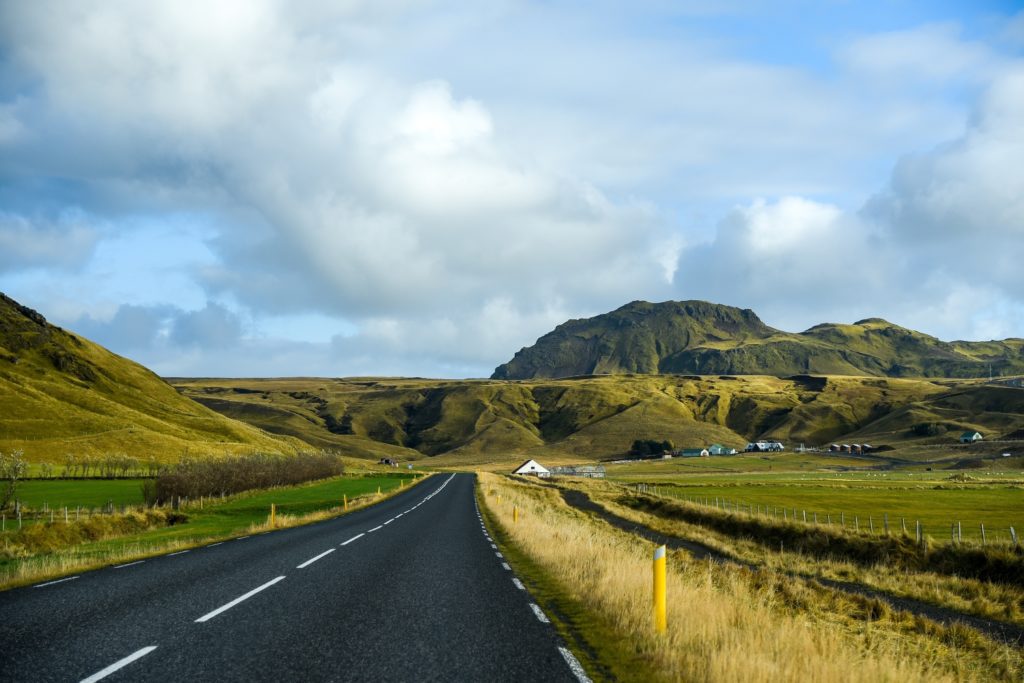
The first step should be to plan your general route. Following the famous Ring Road or Golden Circle will ensure you see most of the major sights, and both can easily be driven with a regular rental car, camper van, or motorhome.
For those who prefer to enjoy the freedom of the open road and go where the mood takes them, it’s still a good idea to have a basic route mapped before arriving in Iceland.
If it’s your first visit, and you’re unsure about the best route to take, you can always opt for a self-drive camping tour, which will provide you with a custom-made itinerary, vehicle, camping equipment, GPS navigation system, etc. This is an excellent option for first-timers to the island.
Another alternative is to identify an area that will be your base during your Icelandic adventure, close to all the sights you want to see. This is a good option if you’re tent camping, as it avoids having to pitch and dismantle your tent every day! Examples include:
- Skaftafell campsite, set at the base of Vatnajökull National Park, is a fantastic location for hiking, waterfalls, glaciers, and glacial lagoons and is rated one of the best.
- Ásbyrgi campsite (Shelter of the Gods), also set in Vatnajökull National Park, provides easy access to Hasavík, Lake Myvatn, Ásbyrgi canyon, and Dettifoss waterfall – and is a site much loved by the locals.
- Ólafsvík campsite, on the north side of the Snaefellness Peninsula (west Iceland), offers a perfect basecamp for day trips to Snaefellness National Park and the Westfjords.
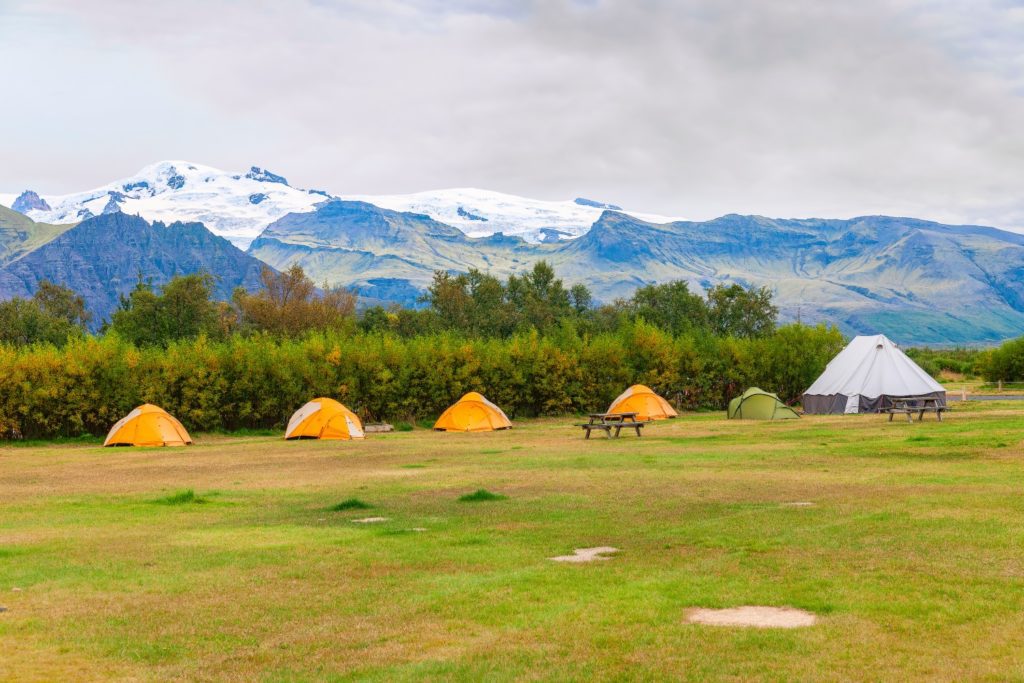
2. Use a campsite map
Once you know where you’re going and what you want to see, use a campsite map (for example, Google Maps) to find and view all the site options available in the areas you’re planning to visit. This will give you all the details you need to know about each campsite, including if they’ll be open, facilities, and prices.
It’s a good idea to have at least one backup campsite for each planned stop on your route in case your first choice is full or difficult to reach if the weather turns bad. Wild camping is not allowed, so you must have campsite options.
For example, on your day of arrival or departure, a campsite near the airport is ideal, and you should have Options A and B. There are plenty to choose from, including Grindavík (state-of-the-art modern facilities and open all year), Reykjavík (the most built-up and amenity-filled, also available all year), and Úlfljótsvatn (an hour’s drive from Reykjavík, but very family-friendly with plenty of additional activities for kids).
3. Match the facilities available to meet your needs
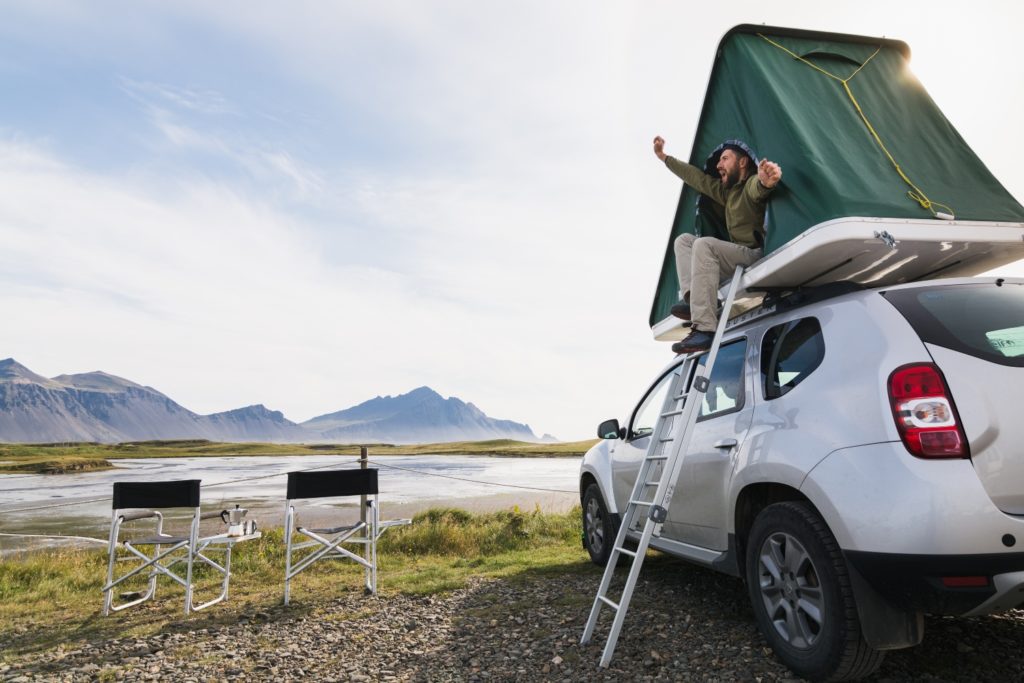
Most of the campsites in Iceland are basic, wide-open fields providing varying facilities. No two campgrounds are alike, so it’s essential to do your research beforehand unless you’re one of those people who really can just go with the flow!
All campsites in Iceland have public bathrooms and water-fill stations. Many also provide a greywater disposal station. You can always fill up at the nearest gas station if you can’t get water at a campsite.
While most campsites have showers, cooking facilities, and laundry rooms, it is worth double-checking this to avoid disappointment. For example, the smaller, more remote campsites – like Siglufjördur II in the North – do not provide hot water, showers, cooking facilities, washing machines, or wifi. If you’re tent camping, this could be a deal breaker so make sure you check!
Building a campfire is illegal, so if you choose a campsite without kitchen facilities, you will need a camping gas stove for cooking.
If you’re planning a family camping trip in Iceland, it’s worth checking out the amenities available at the different sites that cater more to children. Most campsites are free for Under 14s, and some are incredibly family-friendly – for example, Úlfljótsvatn, Höfn, and Husafell – provide swimming pools, trampolines, horse riding, fishing, and other great outdoor activities to keep the kids happy.
It’s worth noting that some campsites will charge extra fees for using their facilities (not toilets), so if you’re on a tight budget, check this out in advance.
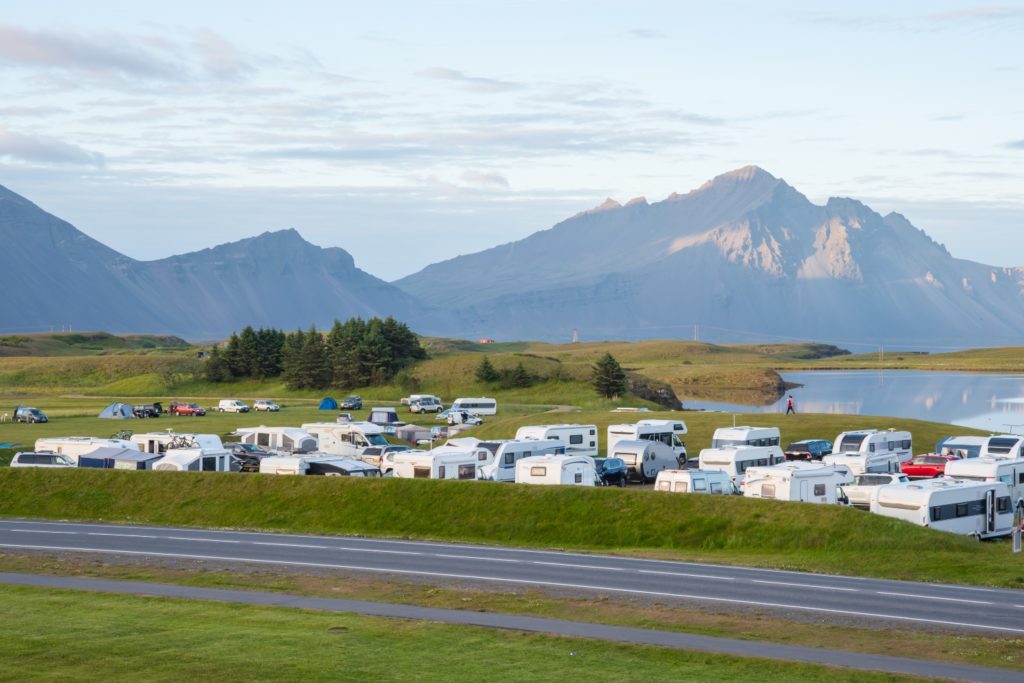
4. Check the opening periods
For most people, the best time to go camping in Iceland is during the summer (May to mid-September), as the days are long and light, and the weather is slightly more predictable. All the campsites in Iceland are open during this peak season.
However, this does mean that campsites are much busier during these popular months, so it’s always advisable to reserve your places in advance. You won’t be given a designated space but can choose where to park and set up wherever you like. Just be aware that you might not find an isolated spot all to yourselves throughout July and August when camping is hugely popular with tourists and locals alike.
In the winter months (mid-September to April), there is a limited number of campsites open, so make sure to check these out if you’re looking for a once-in-a-lifetime Northern Lights experience. You’ll need to rent a camper van or small motorhome equipped for winter weather and driving conditions to guarantee a comfortable, safe and warm trip.
5. Campsite prices and extra fees
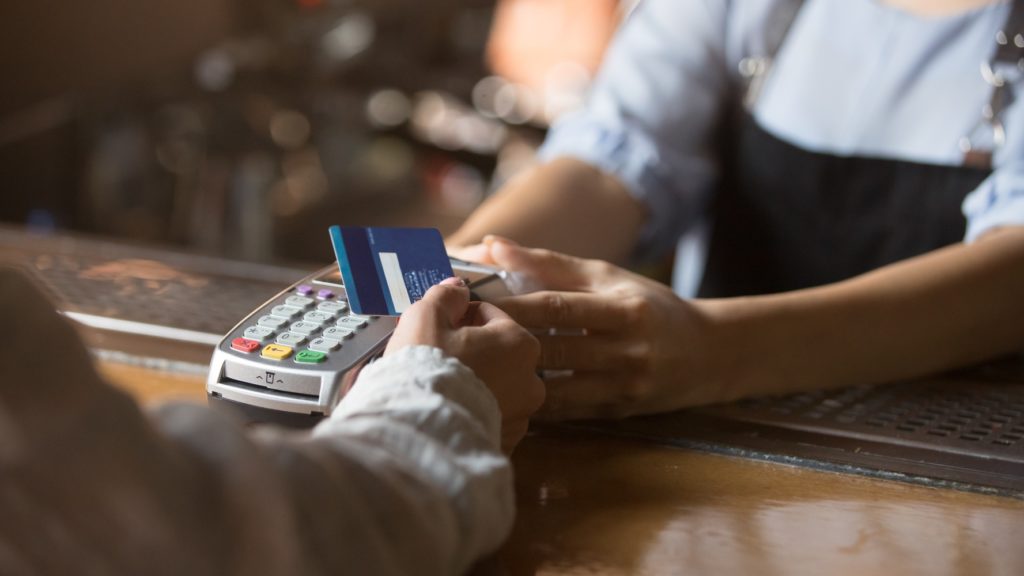
In Iceland, campsites typically charge 10–20€ per person per night (often free for children) and most accept credit cards or cash.
As mentioned, some campsites may charge extra fees for using facilities such as showers, washing machines, and dryers.
If you’re planning to camp for more than a few nights, Campingcard Iceland can be a cheaper option. For a fixed fee of 159€ (165$), this card allows access (for 28 consecutive days) to over 40 campsites in Iceland – pre-paid for two adults and two children. It also has a handy app to buy the card, search for camping sites by region, view campsites’ information, and receive the latest camping news.
Regarding prices, motorhome and camper van rentals are somewhat limited throughout Iceland, especially the larger vehicles that can accommodate families. Prices may also increase the closer you get to your travel dates. Therefore, it’s definitely advisable to book your vehicle well in advance of your trip.
6. Check online reviews
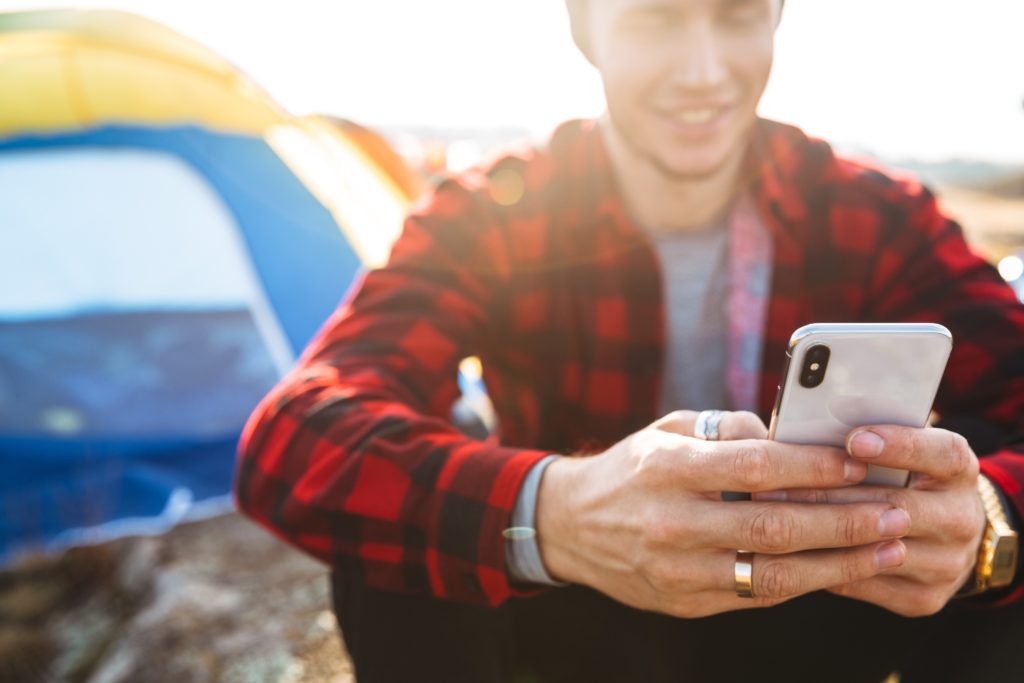
Once you’ve picked out the campsites that are on your planned route and identified those that best meet your needs, it’s a good idea to type them into Google Maps, Tripadvisor, or Facebook to read the most up-to-date reviews.
There’s nothing quite like reading accounts from those who’ve been before you for a realistic picture of what you can expect.
With so many amazing things to see and do in Iceland, it’s well worth researching ahead of your trip to guarantee you have a place to stay at every point along your camping journey – and that each campsite offers the facilities you need at a price you can afford.
Selecting the right campsites to meet your expectations will significantly contribute to you having a really wonderful trip where you can fully relax, enjoy your surroundings, be comfortable and get a great night’s sleep!
If you’re still undecided, why not get in touch with our team at Geysir to discuss rental package options and all things camping. We’ll be happy to answer any questions about your Icelandic trip to ensure you have the most memorable camping adventure of your lives… and for all the right reasons!
Keep reading our blog for more camping tips and ideas for planning your visit to this astonishing land of fire and ice.
Back